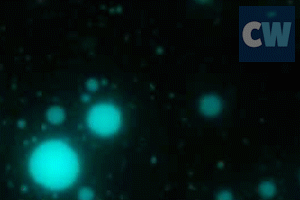They crawl. They eat. They excrete. So you’d be forgiven for thinking these globules created by a team Japan were alive – but they’re not.
Discovering life-like motion in non-living systems fascinates Akihisa Shioi, from Doshisha University. He and his team are constantly combining new chemicals to investigate the idea.
They already knew that droplets of didodecyldimethylammonium bromide (DDAB), a cheap surfactant, react with iodide ions, then scoot around and leave chemical traces, like miniature turbo-snails. Unlike snails though, these vesicles shrank, and collapsed after a few seconds. They needed feeding. Oleic acid and calcium ions proved the missing link.
Read the full story by Kathryn Gempf in Chemistry World.
This article is open access:
M Nakada et al, Mol. Syst. Des. Eng., 2016, DOI: 10.1039/C5ME00012B











